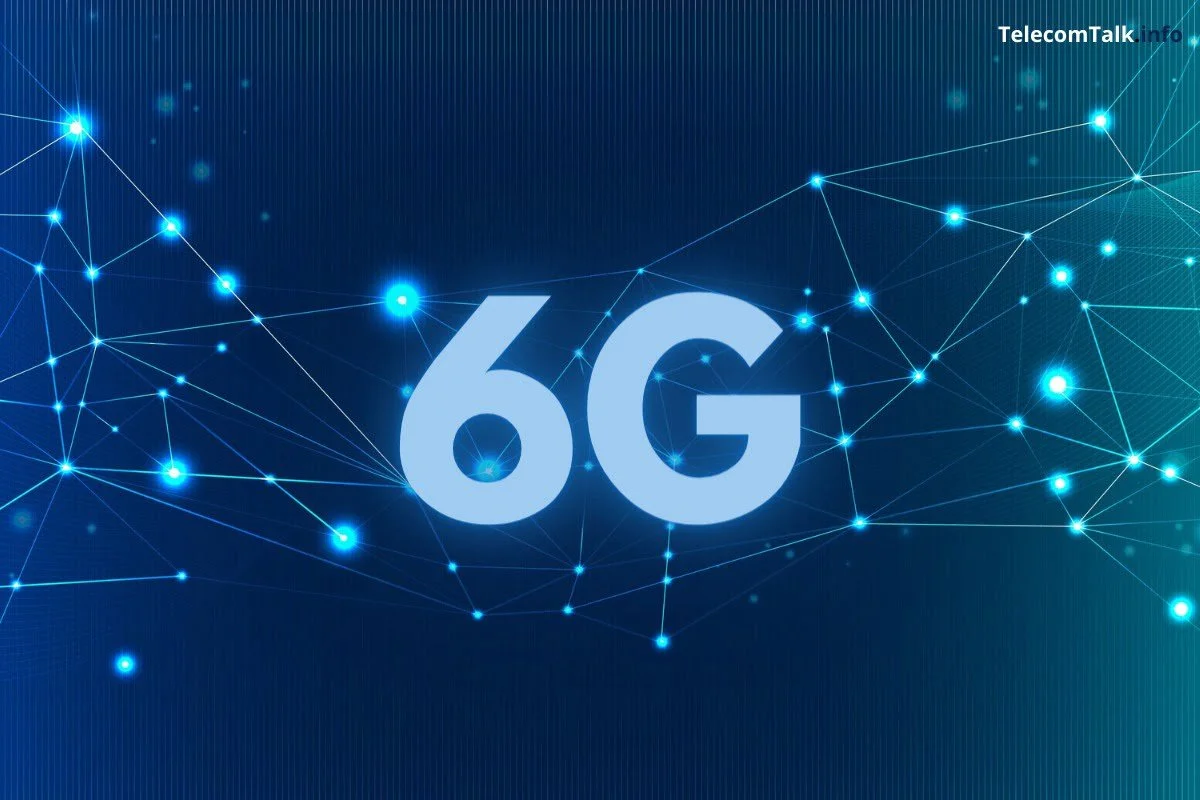
The US and China are striving for supremacy in next-generation 6G, with enormous ramifications for future warfighting, while 5G broadband networks are still being deployed globally. China is using 6G technology for military reasons, according to research released in August by the International Institute of Strategic Studies (IISS). China is using a centralised command architecture. The US, on the other hand, is much more reliant on empowering operators and lower levels of command to take the initiative and make crucial decisions.
Application of Machine Learning and Artificial Intelligence in 6G
As per the IISS assessment, 6G innovation may be crucial to China's development of hypersonic weapons, particularly resolving the existing communication blackout at hypersonic speeds. In a January South China Morning Post article, it was mentioned that Chinese researchers had created a 6G laser device that can cut through the plasma barrier that blocks signals on the tip of hypersonic missiles. The paper also mentioned potential military uses for innovation, including the detection of stealth aircraft and quick space communications.
The paper notes that 6G technology can enhance space-based surveillance and reconnaissance capabilities, speed up data analysis, and enable more devices to be connected across various frequencies, in addition to its possible use in China's hypersonic weapons programme. It also asserts that the army can use big data to enhance command and control, defence mobilisation, and decision-making by integrating AI and machine learning across 6G applications. Moreover, 6G might offer military forces virtual and augmented reality training.
As per Asia Times, China's fighter pilot training has come under fire for being overly planned and reliant on ground stations, which prohibits pilots from taking the initiative or making quick judgments to adapt to the battlefield's quickly changing situations. 6G technology, on the other hand, might considerably enhance China's fighter pilot training by offering more unexpected and genuine circumstances that closely resemble actual combat conditions.
Even after mentioning that China's military approach to 6G is similar to that of the US, the IISS report points out that the US has a more human-centric approach and sees 6G as a technology that empowers operators and lower levels of command to deal with battlefield volatility and take the lead in decision-making. Furthermore, it states that the US wants to use 6G to organise data between itself and its partners in order to speed up processing.
The IISS report also notes that the US sees 6G as a leapfrog technology that will help it maintain its military edge, putting an emphasis on at-scale prototyping and experimentation for its advancement, along with a partnership with industry leaders, other governmental agencies, and international partners. The collaboration between the US and South Korea on important and developing technologies, including 6G, may be crucial in this regard.
The US's hands-off but less well-coordinated and China's centralised but rigorous methods for developing 6G technology for military applications are contrasted by their respective research establishments.
As opposed to China, the US, particularly in terms of creating 5G infrastructure and services, has not given priority to the development of next-generation telecom networks to the same degree. Although mentioning the long-term decline of the US telecoms sector, the IISS report also emphasises the US's innovation strength and the fact that US companies are well-positioned in 6G-enabling technologies like software and semiconductors.
China is increasingly catching up to US leadership in setting technical standards, based on a previous report by Asia Times. However, it was also noted that politicising these standards run the risk of fracturing global norms and stifling commerce and innovation.
The China-US competition for 6G dominance affects a variety of spheres, including society, business, politics, and even defence and security.















